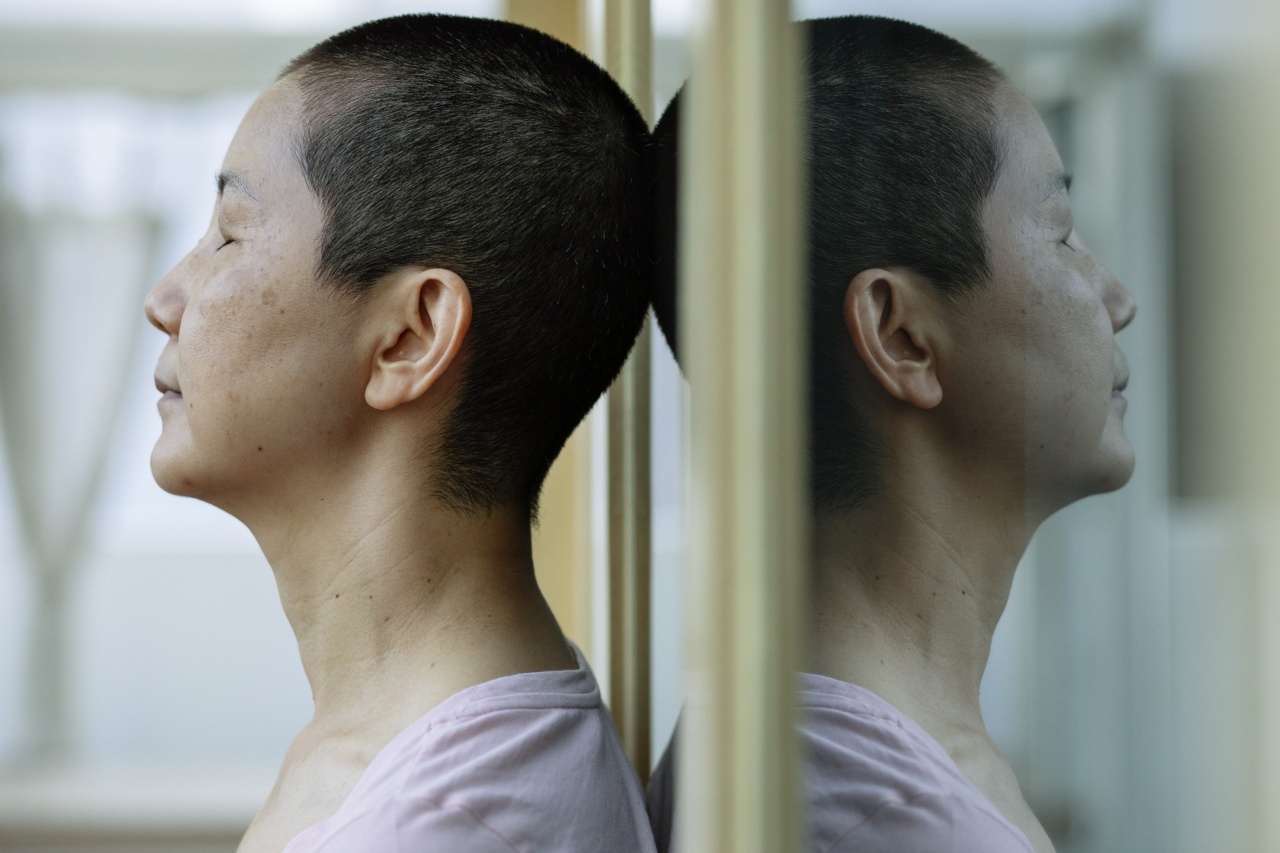Radiation has become a common tool for diagnosing and treating various medical conditions, including cancer. However, some people worry that exposure to radiation during medical exams, such as X-rays and CT scans, can increase their risk of cancer.
This concern is not unfounded, as studies have shown that radiation exposure can lead to the development of cancer. The purpose of this article is to explore the effects of radiation exams on cancer incidence.
Understanding Radiation
Radiation is the emission of energy from a source in the form of electromagnetic waves or particles. It is used in various applications, including power generation, communication, and medical imaging and treatment.
Ionizing radiation, which has enough energy to ionize atoms and molecules, is particularly useful in the medical field. It is used in X-rays, CT scans, and radiation therapy to diagnose and treat medical conditions, including cancer.
The Link between Radiation and Cancer
Radiation exposure can damage DNA, the genetic material that controls cell growth and division. This damage can lead to mutations, which can cause cells to grow and divide uncontrollably, leading to cancer.
The risk of developing cancer from radiation exposure depends on several factors, including the amount and type of radiation, the length and frequency of exposure, and an individual’s age and health status at the time of exposure.
Radiation Exams and Cancer Risk
Medical exams that use radiation, such as X-rays and CT scans, can expose patients to ionizing radiation. Studies have shown that exposure to even low levels of radiation can increase the risk of cancer.
However, the risk of developing cancer from radiation exposure during medical exams is generally low compared to the benefits of early detection and treatment of medical conditions. The risk also varies depending on the type of exam and the amount of radiation used.
Radiation Exposure and Cancer Incidence
Research has shown that exposure to radiation during medical exams can increase the risk of developing certain types of cancer.
For example, studies have found that people who received frequent chest X-rays or CT scans had a higher risk of developing lung and breast cancer. The risk also increased with the number of exams received. Additionally, children who received radiation therapy for cancer were found to have an increased risk of developing secondary cancers later in life.
Reducing the Risk of Radiation-Induced Cancer
While radiation exams are an important tool in diagnosing and treating medical conditions, there are steps that can be taken to reduce the risk of developing cancer as a result of radiation exposure. These steps include:.
- Limiting unnecessary radiation exams, particularly in children and young adults
- Using alternative imaging techniques, such as ultrasound or MRI, whenever possible
- Ensuring that the radiation dose is as low as possible while still maintaining image quality
- Avoiding repeat exams and consolidating exams when possible
Conclusion
Exposure to radiation during medical exams can increase the risk of developing cancer. However, the risk is generally low compared to the benefits of early detection and treatment of medical conditions.
The risk of developing cancer from radiation exposure also depends on several factors, including the amount and type of radiation, the length and frequency of exposure, and an individual’s age and health status at the time of exposure.
To minimize the risk of radiation-induced cancer, it is important to limit unnecessary radiation exams, use alternative imaging techniques whenever possible, ensure that the radiation dose is as low as possible, and avoid repeat exams and consolidating exams when possible.




























